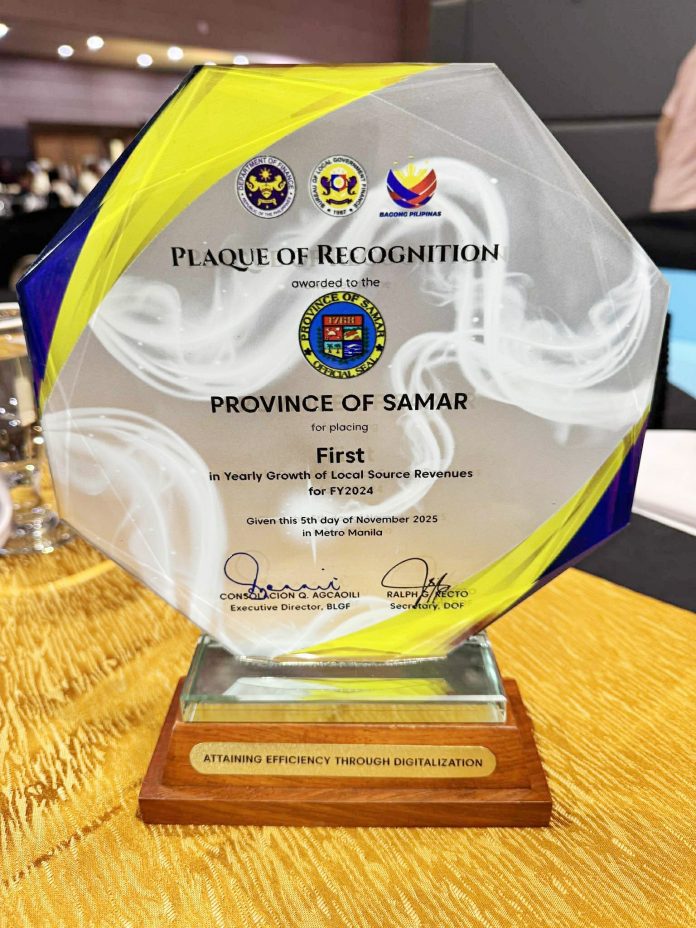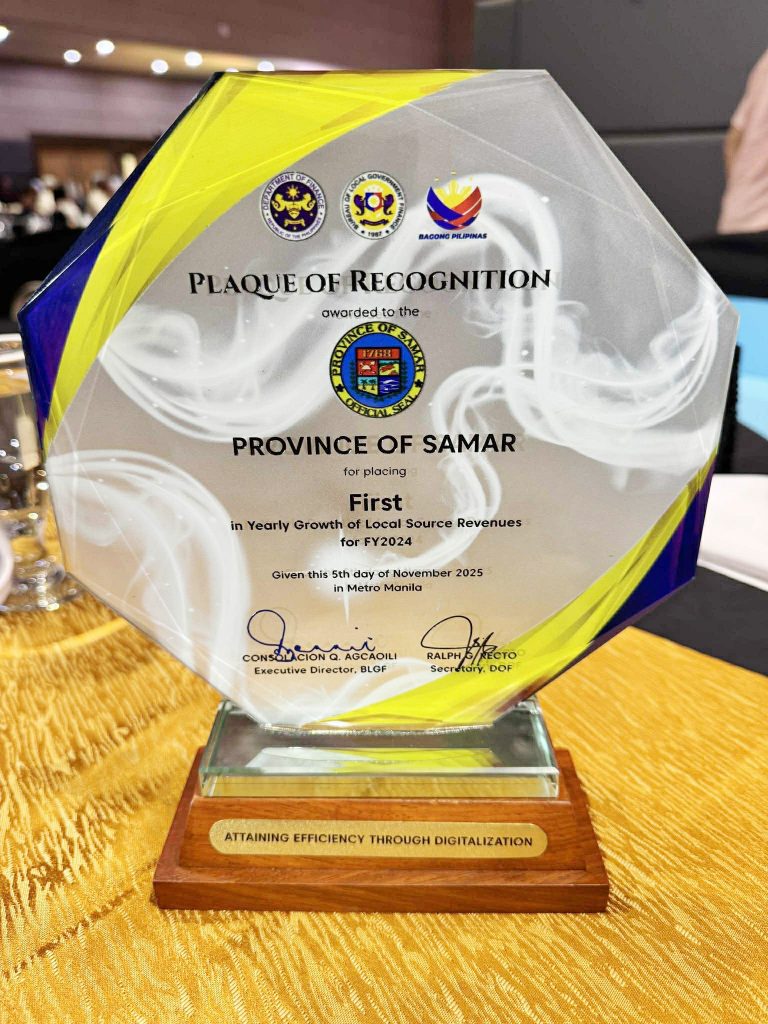Following the filing of cases against him at anti-graft court
TACLOBAN CITY — Leyte 1st district Representative Martin Romualdez has asserted that no credible evidence links him to the alleged irregularities uncovered by the Independent Commission for Infrastructure (ICI) in its fact-finding probe into questionable public works projects.
Romualdez issued the statement after the ICI and the Department of Public Works and Highways (DPWH) recommended the filing of plunder, graft, and direct bribery charges against him and former Ako Bicol Rep. Zaldy Co in connection with supposed anomalies in infrastructure allocations.
During a press conference on Friday, Nov.21, in Manila, his legal counsel Atty. Ade Fajardo read the lawmaker’s official statement, emphasizing that Romualdez fully cooperated in the probe.
“I willingly submitted myself to the ICI fact-finding process, appeared voluntarily, and remained in the country,” Romualdez said through Fajardo.
“Out of these proceedings, no credible evidence has ever linked me to any irregularity, and my conscience remains clear.”
The Leyte congressman said he is now entrusting the matter to the Office of the Ombudsman, expressing confidence that the anti-graft body will conduct an impartial and thorough review of the case.
The investigation stemmed from allegations of irregularities in the implementation of infrastructure projects funded under the national budget, which the ICI flagged earlier this year.
Romualdez and Co were among the lawmakers identified in its report as allegedly receiving benefits from contractors in exchange for allocations.
Romualdez maintained his innocence and reiterated that he has nothing to hide.
(JOEY A. GABIETA)


